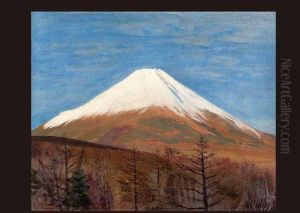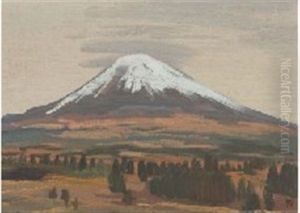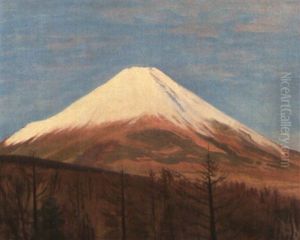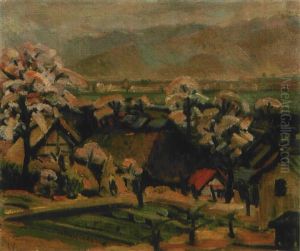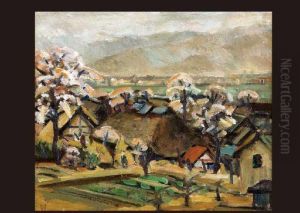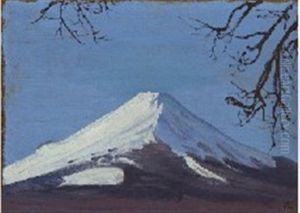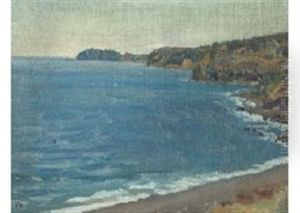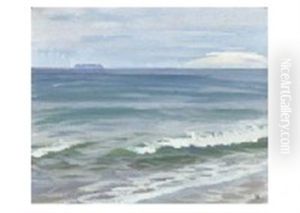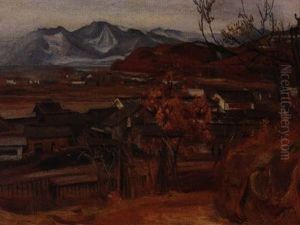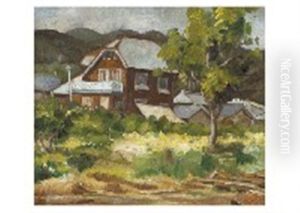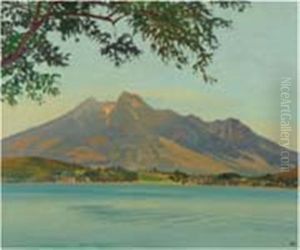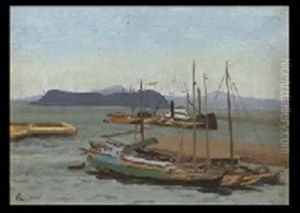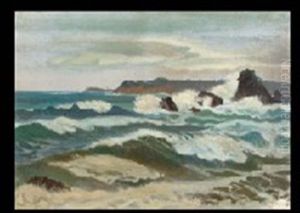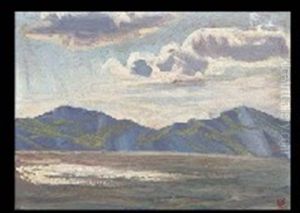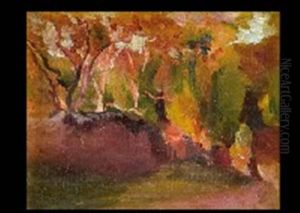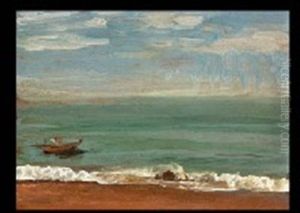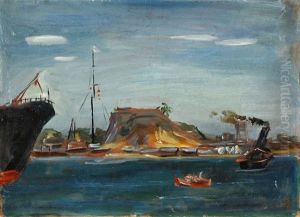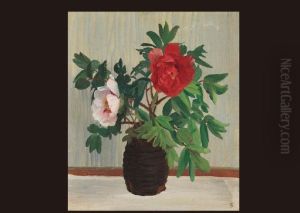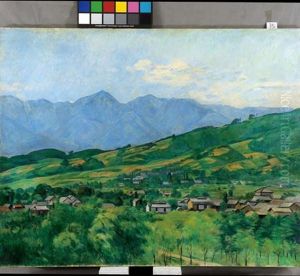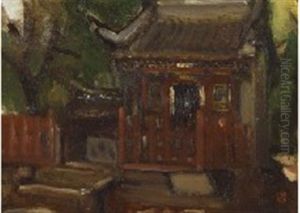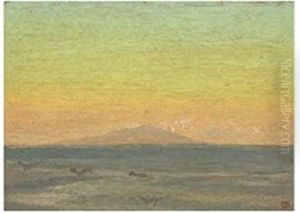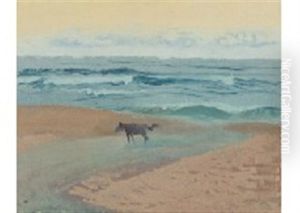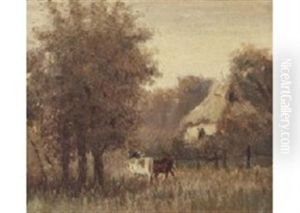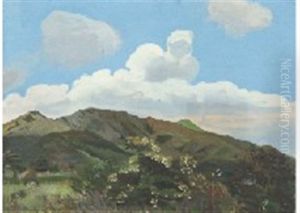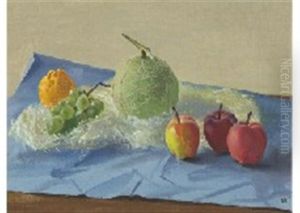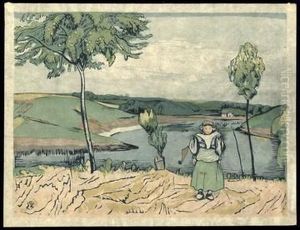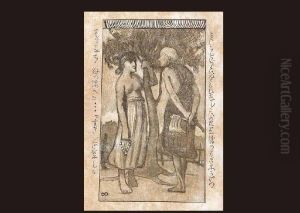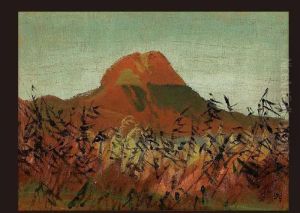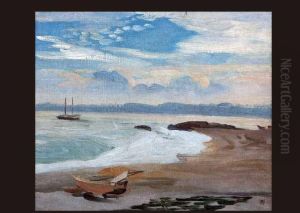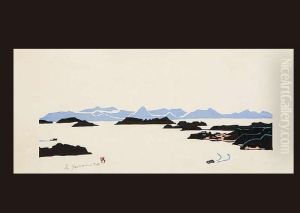Yamamoto Kanae Paintings
Yamamoto Kanae was a prominent Japanese printmaker and painter, born on October 24, 1882, in Aizu-Wakamatsu, in the Fukushima Prefecture of Japan. He is renowned for pioneering the creative print movement (sōsaku hanga) in Japan, which emphasized the importance of the artist being personally involved in all stages of the printmaking process, from design to carving to printing.
Yamamoto's early life was marked by an interest in Western art styles, which was unusual at that time in Japan. He moved to Tokyo in 1901 and studied Western-style painting at the Tokyo School of Fine Arts, where he was influenced by the works of European Impressionists and Post-Impressionists. His initial work primarily consisted of oil paintings and watercolors.
In 1907, Yamamoto moved to the city of Nagoya and took a position as an art teacher. It was during this period that he began to experiment with woodblock printing. His first woodblock print, 'Fisherman,' was produced in 1904, prior to his move to Nagoya, but it was in Nagoya where his printmaking would flourish. In 1909, he co-founded an art journal called 'Hosun,' where he published his prints and writings, and which became a platform for advocating his ideas about art and printmaking.
Yamamoto Kanae's most significant contribution to the art world came in the form of his 1911 print 'Studying (Self-Portrait),' which is considered the first creative print of the sōsaku hanga movement. This movement was characterized by the artist's personal expression and involvement in the creation of prints, as opposed to the traditional collaborative system where the artist, carver, and printer were separate individuals.
Throughout his career, Yamamoto Kanae continued to produce prints and paintings, and he was involved in several exhibitions and artist groups that promoted the creative print movement. Despite the hardships of World War II, he continued to work until his death on February 11, 1946.
Yamamoto Kanae's legacy is marked by his dedication to the principle of 'self-drawn, self-carved, self-printed' (jiga-jikoku-jizuri), which laid the foundation for the individualistic approach of later sōsaku hanga artists. His work remains an important part of Japanese art history, representing a bridge between Western and Japanese art practices and philosophies during a time of significant cultural transformation in Japan.
